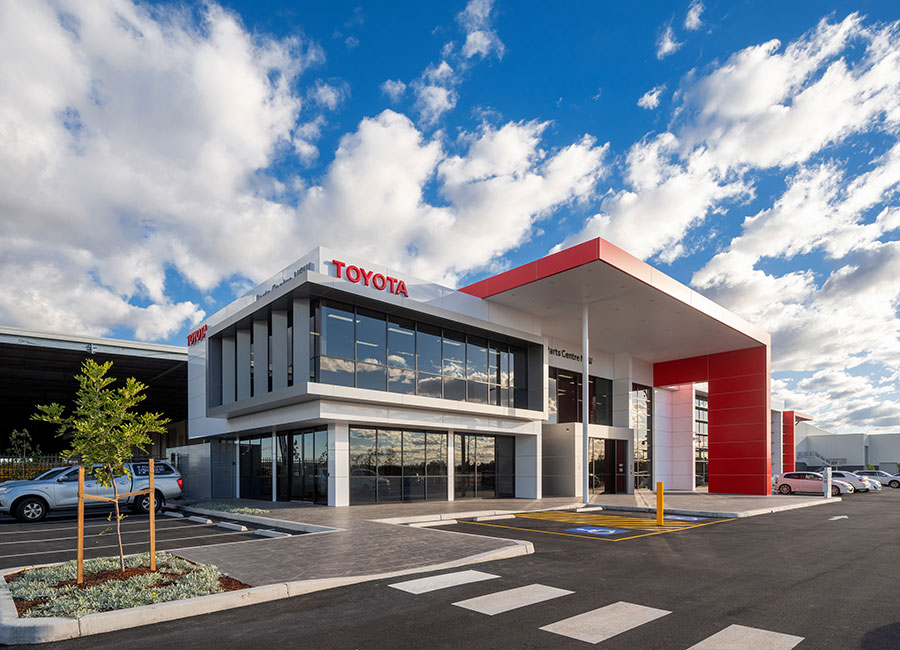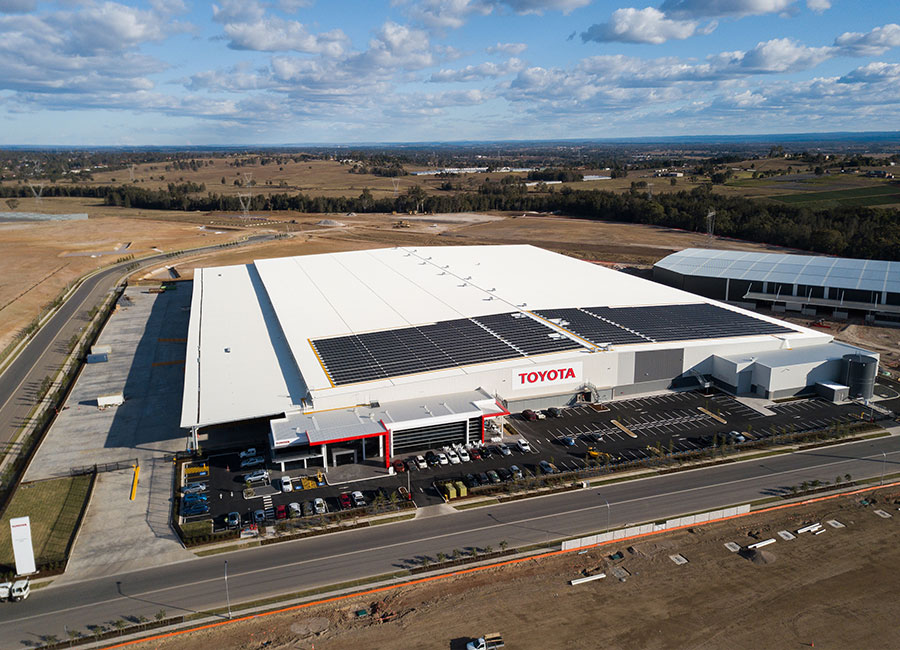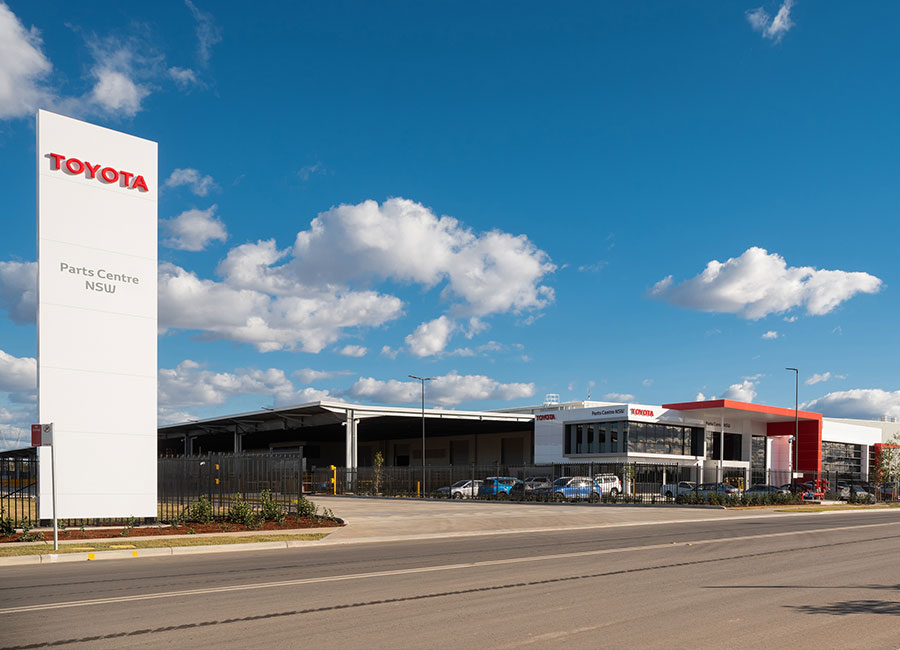The multi-million dollar Toyota Parts Centre, to be officially opened next month, replaces the Woolooware Bay complex, a move designed to better service the Toyota dealer network.
The Woolooware Bay property has yet to be sold. Toyota maintains its eastern regional office in Sydney despite the majority of staff either taking redundancies or moving to the company’s new business centres in Melbourne.
The western Sydney building, one of four around Australia, has a total site size of 6.4 hectares and has a 36,050 square metre warehouse that will have 128,760 part storage locations and about 27,000 parts shipped each day.
It maintains Toyota Australia’s desire to have sustainable buildings with five-star Green Star standards.
It has a 605kW solar array capable of generating 874MWh a year. The solar panels and system was installed by Epho early this year as part of Toyota’s stage- one plans to get this site to zero emissions by 2020.
In the past six months, the system has generated more than 330,000 kilowatt hours – enough electricity to power 75 four-person households. The system has 2200 Kyocera solar panels and 10 50kW ABB inverters.
Toyota Australia said most of the generated power to date has been used on site with only a small amount being fed back into the electricity grid.
It said the solar system replaces the burning of 83,500 tonnes of coal and prevents more than 250 tonnes of greenhouse gases entering the atmosphere.
Further work is planned in the middle of next year with an extension of the solar system. The details of this expansion will be based on the required solar array uplift to achieve a zero-emission site.
The new parts centre also has rainwater tanks for irrigation and toilets, LED sensor lights as well as a design with specific building materials and a building orientation to maximise natural cooling.
It is also trialing hydrogen-powered fuel-cell forklifts. Toyota said these will be the first fuel-cell forklifts created by Toyota to be used outside of Japan.
In the longer term, Toyota said it expects to generate hydrogen using renewable energy from the warehouse’s solar array.
Toyota Australia president Matthew Callachor said plans for the new centre’s environmental credentials aligned with direct action globally to cut emissions at company facilities to zero.
“One way we’re doing that in Australia is embracing green building solutions for new and upgraded facilities, cutting CO2 emissions by adopting renewable energy sources such as solar and wind power, and by utilising alternative fuel sources such as hydrogen,” he said in a statement.
“This goes hand-in-hand with our plans to increase the number of hybrid models in our range, as well as our advocacy of a hybrid society built upon clean and renewable energy technology.”
Globally, Toyota said it is aiming for electrified vehicles to account for more than 50 per cent of its new-vehicle sales around the end of the next decade. Even sooner, by around 2025, every model would be available as either a dedicated electrified model or have an electrified option.
By Neil Dowling













 Read More: Related articles
Read More: Related articles

